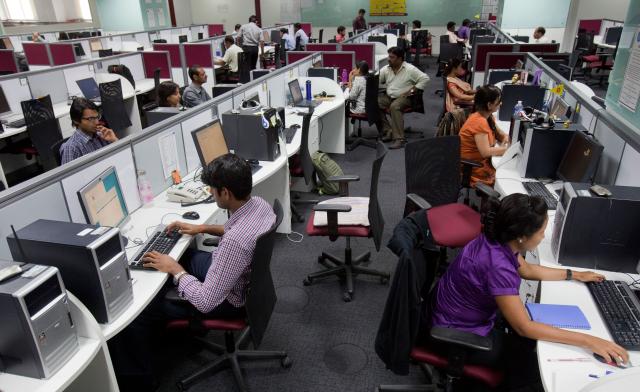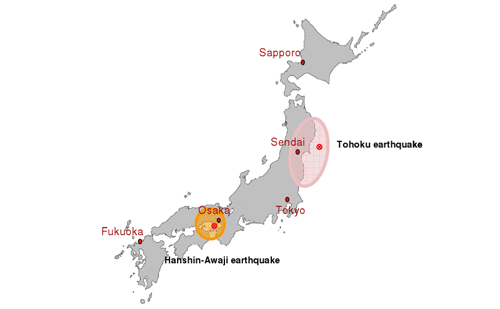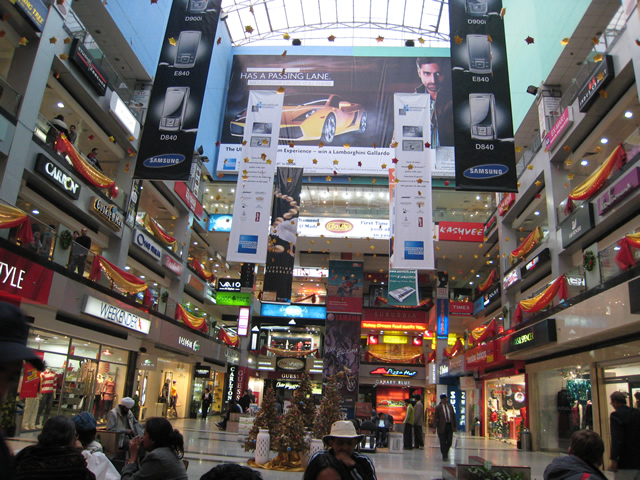Main header for reports section

The report “India’s Real Estate Market Outloo 2016” is part of CBRE’s Asia Pacific Markets Outlook Report series. CBRE forecasts that Asia Pacific’s steady economic growth will continue to outpace the rest of the world in 2016.










